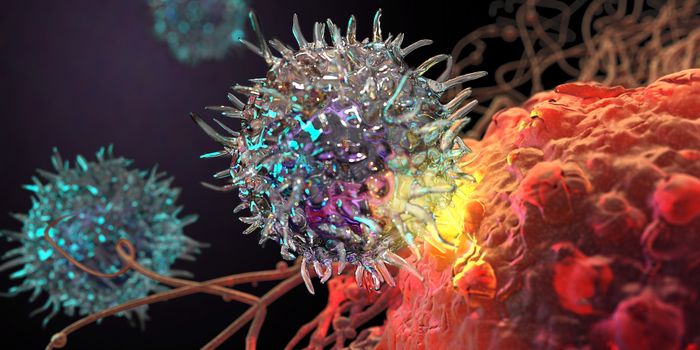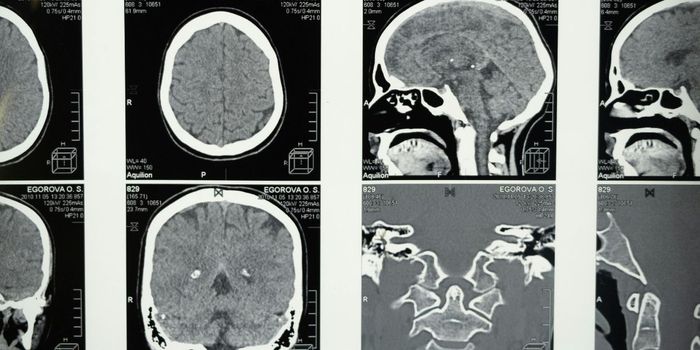A new study links the use of computer surveys to systematically collect cancer patients’ symptoms to less frequent emergency room admissions, longer average chemotherapy adherence, greater quality of life improvements, and improved survival.
For patients using the web system, automatic email alerts went out to nurses and doctors for severe or worsening symptoms. Prior research has shown that doctors miss up to half of patients’ symptoms during cancer treatment. Researchers say survey systems like this one can effectively inform clinicians about issues of concern.
“If we had developed a new drug that yielded these kinds of benefits, we would be very excited,” says study leader Ethan Basch, a member of the UNC Lineberger Comprehensive Care Center and associate professor in the UNC School of Medicine’s division of hematology and oncology.
“This randomized trial found that integrating systematic collection of patient symptoms via the web into cancer treatment improves multiple key clinical outcomes.”
The research, reported in the
Journal of Clinical Oncology, compares outcomes for cancer patients at the Memorial Sloan Kettering Cancer Center (MSKCC) in New York who reported their symptoms using a web-based survey system with outcomes for patients who relied on usual care for symptom detection. The study evaluated outcomes for 766 patients at MSKCC with metastatic cancers who were receiving outpatient chemotherapy. Basch led the study at MSKCC before his move to UNC in 2012.
A larger number of patients using the survey system experienced quality of life improvements, with improvements in 34 percent of patients compared to 18 percent of patients receiving usual care. The survey group also had fewer emergency room visits, with 34 percent visiting the ER compared to 41 percent receiving usual care. They remained on chemotherapy longer at an average of 8.2 months compared 6.3 months. They also saw survival benefits: 75 percent of patients using the surveys were alive after one year, compared to 69 percent of those receiving usual care.
“While this study wasn’t designed to evaluate the mechanism of why we saw these improvements, we can hypothesize that by flagging symptoms that clinicians would otherwise miss, we enable earlier symptom management that avoids downstream events like pain crisis, dehydration, or intractable nausea,” says Basch, director of the UNC Lineberger Cancer Outcomes Research Program.
“I would suspect that the main mechanism of action is improved awareness by clinicians of patient symptoms, which enables earlier interventions to avert downstream, untoward events.”
Basch notes the computer survey system improved symptom management activities. The study found that nurses directly acted upon the system results more than three-quarters of the time, with changes in medication resulting from 12 percent of email alerts, and referrals to the emergency room occurring due to 8 percent of alerts.
“Direct patient reporting gives patients a voice—their unfiltered experience is captured and conveyed to their health care providers, and their perspective is not being modified by a clinician or anybody else,” Basch says.
UNC Lineberger researchers are launching a separate clinical study to see if daily use of an electronic symptom reporting system can reduce adult patients’ symptoms while they’re receiving high doses of chemotherapy as part of bone marrow transplantation. The ongoing trial at the N.C. Cancer Hospital uses similar software.
The National Cancer Institute and the Steps for Breath Fund of Memorial Sloan Kettering Cancer Center supported the work.
Additional researchers contributed from UNC Lineberger; the Memorial Sloan Kettering Cancer Center; Mayo Clinic in Scottsdale, Arizona and Rochester, Minnesota; the Children’s Hospital of Philadelphia; and the Dana-Farber/Harvard Cancer Center.
Source:
UNC-Chapel Hill
This article was originally posted on
futurity.org.









